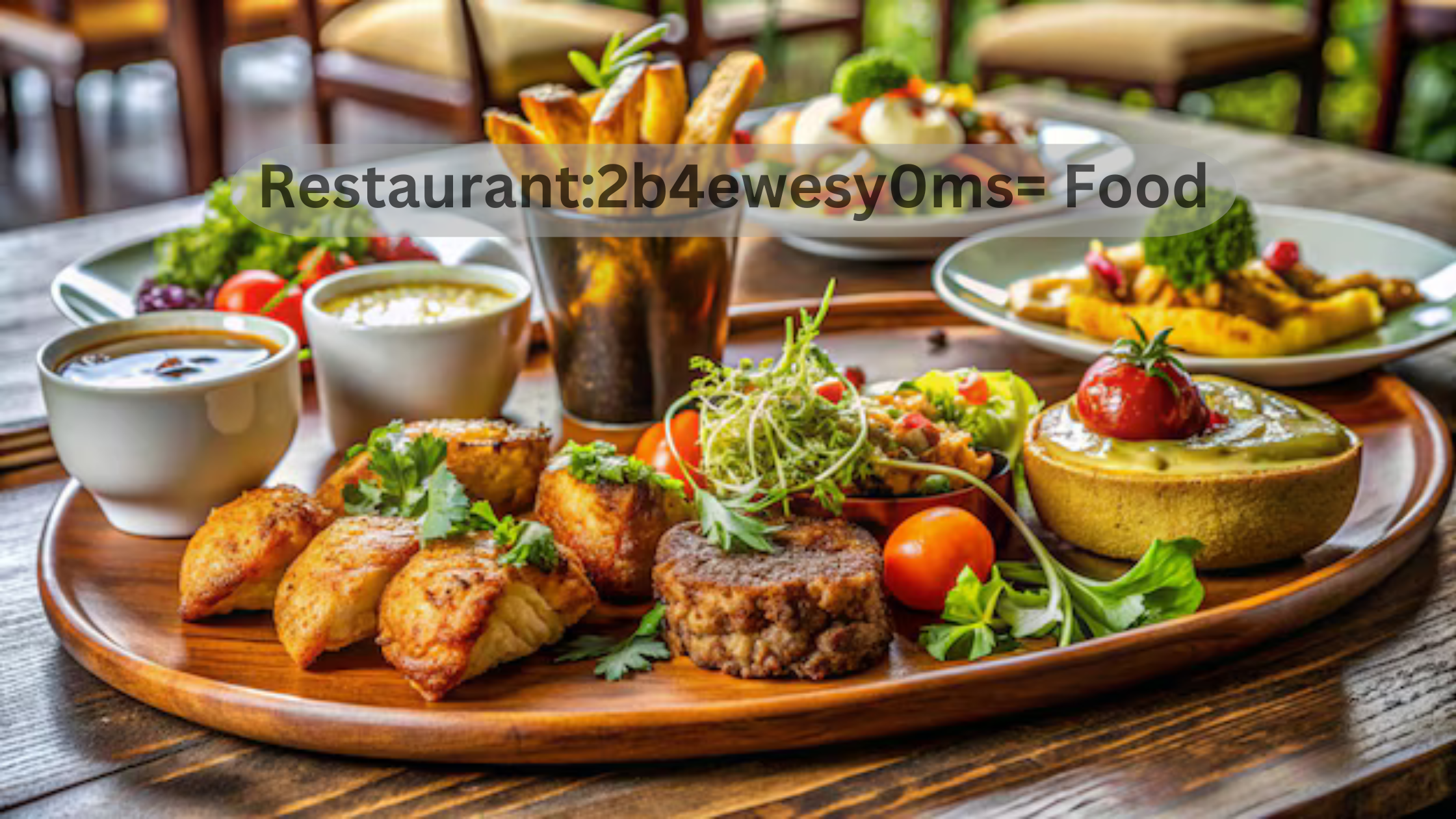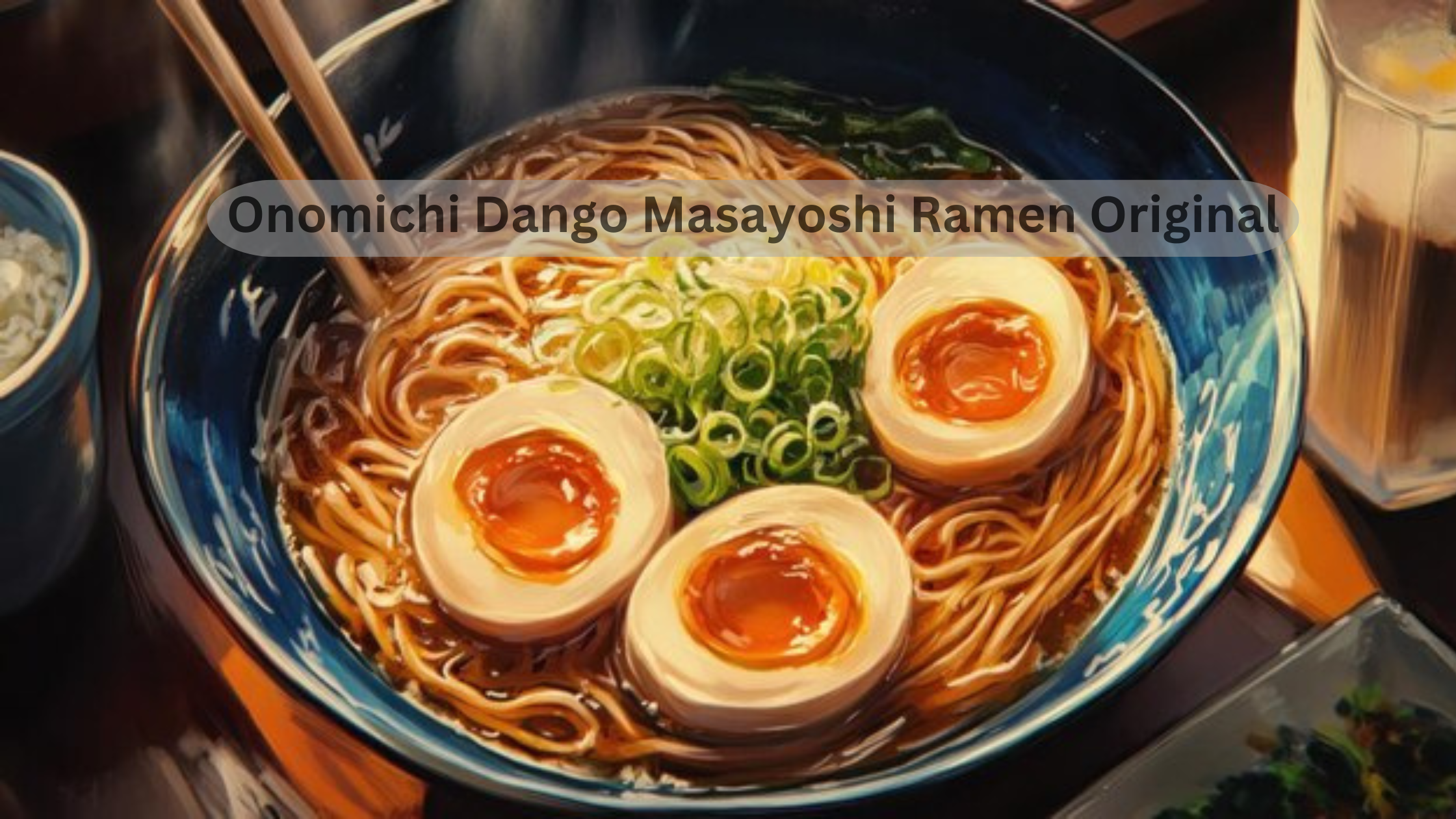Restaurant:2b4ewesy0ms= food is not just about satisfying hunger; it is about the experience, the flavors, and the ambiance that come together to create memorable meals. From the décor to the service, everything about a restaurant plays a role in how food is perceived and enjoyed. Whether you are looking for fine dining, comfort food, or something exotic, the experience at a restaurant is designed to offer more than just a meal. In this article, we will explore the essential elements that make dining out special and how food plays the most crucial role in shaping that experience.
The Role of Restaurant:2b4ewesy0ms= Food in Creating Memorable Dining Experiences
Restaurant:2b4ewesy0ms= food is at the heart of the dining experience, but what makes it truly memorable? For many, it’s the combination of flavors, presentation, and ingredients that create something extraordinary.
A restaurant’s ability to craft a menu that excites the palate and offers a variety of choices is essential in attracting diners. Whether it’s a high-end gourmet dish or a simple, well-cooked meal, the food speaks volumes about the restaurant’s identity.
When dining out, people are looking for something different from their everyday meals. The uniqueness of the dishes served, whether it’s through creative recipes, high-quality ingredients, or expert preparation, adds to the allure of eating at a restaurant. Freshness and attention to detail in both taste and presentation are key factors that elevate food to the next level.
The Importance of Presentation in Restaurant:2b4ewesy0ms= Food
The presentation of restaurant:2b4ewesy0ms= food is another critical aspect of the dining experience. How a dish looks on the plate is the first thing a customer notices, and it often sets the tone for how the meal will be enjoyed.
In fine dining, especially, presentation is an art form, where chefs pay meticulous attention to the arrangement of ingredients, colors, and textures to create visually appealing plates.
But even in more casual dining settings, the way food is served can significantly impact a customer’s perception. A well-garnished dish, a thoughtful plating technique, or even the dishware used can enhance the overall appeal of the meal. People eat with their eyes first, and a beautiful presentation can elevate the simplest of dishes into something special, leaving a lasting impression.
Restaurant:2b4ewesy0ms= Food and the Role of Ingredients
One of the key elements in restaurant:2b4ewesy0ms= food is the quality of ingredients. Restaurants that focus on sourcing fresh, local, and seasonal ingredients often stand out from the competition.
The freshness of the produce, the quality of the meats, and the use of artisanal or organic products contribute to the flavor and health benefits of the meal.
Chefs who take the time to select the best ingredients demonstrate a commitment to quality that resonates with diners. Whether it’s a farm-to-table establishment or a seafood restaurant that prides itself on using the freshest catch of the day, the ingredients used in restaurant food define the overall dining experience. This dedication to high-quality ingredients ensures that every bite is flavorful and satisfying.
Service and Its Influence on Restaurant:2b4ewesy0ms= Food Enjoyment
While the food is the centerpiece of any dining experience, service plays an equally important role in how restaurant:2b4ewesy0ms= food is enjoyed. Excellent service enhances the overall atmosphere of a restaurant, making diners feel welcome and valued. From the initial greeting to the attentiveness of the staff throughout the meal, service is a key factor in creating a positive dining environment.
A restaurant that provides professional, friendly, and knowledgeable staff ensures that customers have an enjoyable experience. The timing of the service, such as how quickly food is served or how well the staff communicates with the kitchen, can also affect how food is perceived. A dish served at the right temperature and with the appropriate accompaniments adds to the enjoyment of restaurant food.
Restaurant:2b4ewesy0ms= Food: Variety and Innovation
One of the exciting aspects of restaurant:2b4ewesy0ms= food is the variety and innovation found on menus. Many restaurants take pride in offering unique dishes or putting a twist on traditional favorites. Innovation in the kitchen is what drives the food industry forward, and diners appreciate the creativity that goes into crafting new and exciting dishes.
From fusion cuisine that blends different culinary traditions to innovative cooking techniques like molecular gastronomy, the possibilities in restaurant food are endless. Restaurants that focus on continually evolving their menus and experimenting with flavors keep diners coming back for more. Variety in the types of food offered, from appetizers to desserts, ensures that there is something for everyone.
The Cultural Significance of Restaurant:2b4ewesy0ms= Food
Restaurant:2b4ewesy0ms= food is also a reflection of cultural identity and tradition. Many restaurants showcase the cuisine of a particular region or country, giving diners an opportunity to experience flavors from around the world.
Whether it’s an Italian trattoria, a Japanese sushi bar, or a Mexican taqueria, restaurant food allows people to explore different cultures through their taste buds.
Dining out is often a social experience, and restaurants provide a space for people to connect over food. Special occasions, family gatherings, and social outings often revolve around the shared experience of eating at a restaurant. The cultural significance of restaurant food, therefore, extends beyond the plate to include the memories and traditions associated with dining.
Restaurant:2b4ewesy0ms= Food: Health and Dietary Considerations
As people become more health-conscious, restaurant:2b4ewesy0ms= food has adapted to cater to various dietary preferences and needs. Many restaurants now offer gluten-free, vegan, and low-calorie options to accommodate different lifestyles.
The ability to customize meals based on dietary restrictions ensures that everyone can enjoy dining out without compromising on taste or nutrition.
Health-conscious menus are becoming increasingly popular, with restaurants focusing on whole foods, plant-based diets, and organic ingredients. Offering healthy options not only appeals to a wider audience but also shows a restaurant’s commitment to providing nutritious meals. As a result, diners can enjoy delicious food without worrying about their health goals.
The Ambiance and Its Impact on Restaurant:2b4ewesy0ms= Food Experience
The ambiance of a restaurant is another critical factor in how restaurant:2b4ewesy0ms= food is enjoyed. The lighting, décor, and overall atmosphere can influence how diners perceive the meal. A cozy, intimate setting can make food feel comforting and indulgent, while a vibrant, bustling environment can create excitement around the dining experience.
Restaurants that pay attention to the details of their ambiance, from the music to the table settings, provide a more complete dining experience. A well-designed space complements the food and adds to the enjoyment of the meal. Ambiance sets the mood for the entire dining experience and can even enhance the flavors of the food being served.
Conclusion: Restaurant:2b4ewesy0ms= Food
Restaurant:2b4ewesy0ms= food is a multi-faceted experience that goes beyond just eating. It involves the perfect combination of taste, presentation, ingredients, service, and ambiance to create something truly memorable. Whether you are looking for a casual dining experience or a gourmet meal, the variety and creativity found in restaurant food make dining out an enjoyable and exciting adventure. From the quality of the ingredients to the cultural significance of the cuisine, restaurants offer a window into different flavors, traditions, and experiences that keep diners coming back for more.








